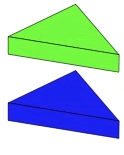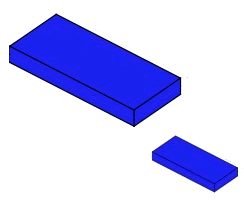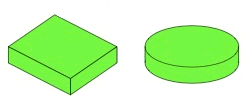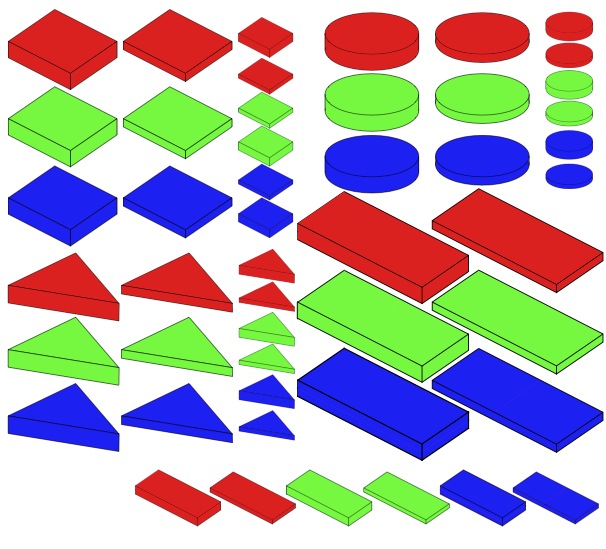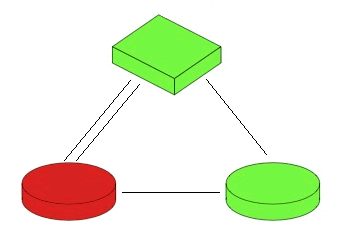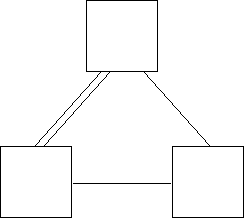Copyright © University of Cambridge. All rights reserved.
'Dienes' Logiblocs' printed from https://nrich.maths.org/
Show menu
Why do this problem?
This activity will encourge children to talk together about their thoughts and ideas. It will help them gain familiarity with the properties of shapes and relevant vocabulary.
Possible approach
Learners will get the most out of this activity if they have real shapes to handle. The problem is based on Dienes' Logiblocs but if you don't have these, you could just use the pictures in the problem. You may also find this sheet useful which contains cards to be cut
out. Each card describes a particular shape.
Before having a go at this activity, pupils are likely to need some time simply to 'play' with the shapes so that they are acquainted with them before being asked questions about their properties. You could then choose two shapes from the set and invite learners to say what is the same and what is different about them, as at the start of the problem. You could also print off the cards and invite a youngster to pick a card, read it and find the appropriate shape which matches the description. These initial tasks will help to familiarise children with the necessary language so that they can describe the whole set of shapes.
In order to introduce the idea of a difference map, you could use a large sheet of paper, or a mini-whiteboard and physically put a shape on it. You could then talk through what you are doing as you create a difference map with three shapes in total, laying the shapes on the paper and drawing in the lines. You might like to ask some children to do a similar thing for the whole group.
Set them off on the challenges in pairs using the shapes or the description cards. This is an ideal opportunity for you to listen to their conversations and to assess their grasp of the vocabulary and the way they are going about the task.
Key questions
Tell me about this shape you have chosen.
Can you tell me anything more about it?
What do you think about [another member of the group's] suggestions about his/her shape?
Which shape could go next to this one on the difference map?
What are the differences between these two shapes?
Possible extension
Many children will enjoy creating their own blank map for another child to complete. Of course the map doesn't have to be a closed loop - it could be a line, for example. Some learners could investigate the number of different ways they could fill in a particular map with different shapes.
Possible support
The Chain of Changes problem would be a good one for learners to try before tackling this problem. When creating difference maps, some pupils could start by keeping one or two shapes the same as those on your map.

